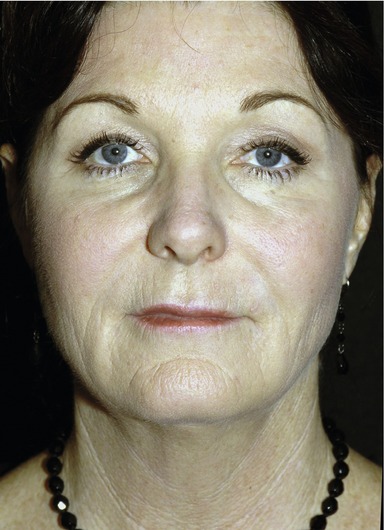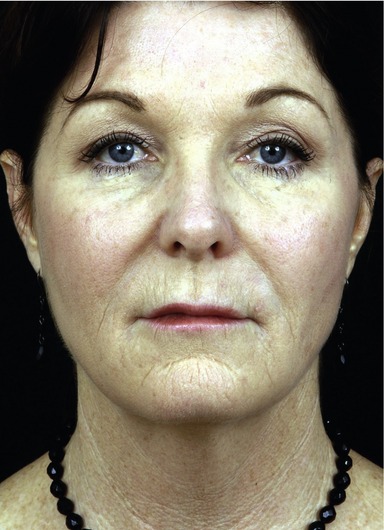CHAPTER 2 Clinical photography for the aesthetic patient
The world is filled with forms: objects, people and other things that we look at, identify, enjoy, define, interact with, and make judgments about. When we look at these we are not seeing the things themselves, we are seeing how they interrelate with the light that they are seen in.
Digital photography has advanced quickly to become the main tool used by plastic surgeons for clinical documentation. Digital imaging is less expensive, more flexible and easier to archive than film, though backup becomes an issue. The resolution of the images continues to improve. Early in the evolution of digital photography, digital point and shoot cameras were popular; however the image quality with small zoom lenses and small image sensors left much to be desired.1
Lighting
The exploration of light, shadow, form and position has been one of the triumphs of western art. Highly talented people have devoted careers to understanding these relationships and there is a sizeable literature on photography for these ends. Unlike portraiture, where the intent is to capture a face or body in a flattering way, or to reveal an essential truth about someone or something, the goals of clinical photography are not artistic. They should be an unremittingly honest designation of what is there. It is a visual transcription.2
What defines facial and bodily features in the world of daily life is the light one sees them in, or more properly the interplay of light and shadows that visually defines them. Tangential light shows wrinkles, contours and shapes in a very different way than hard anterior light or soft “wrap around” light, which flatten and minimize them (Fig. 2.1).
Lighting schemes
Many plastic surgery lighting designs have been developed. They vary from on camera flashes of different complexities to external lights in different configurations. Portrait lighting is usually asymmetrical, i.e. the sides of the face or body are lit differently for purposes of interpretation of the subject.2 In general clinical lighting should be symmetrical. If time, space, and temperament of the surgeon allow, we like the use of small silver twin umbrellas, mounted higher than the patient’s eye level. This light is somewhat forgiving, but shows reasonable skin detail and by shifting the lights up or down one can see greater degrees of skin detail. The disadvantage of this lighting is that it casts shadows across the nasolabial fold (NLF) and tends to overexpose the tear troughs (Fig. 2.1).
However this lighting scheme is versatile and has enough spread to show body contours well. Even without a dedicated photo room, small slaved flash units with diffusers may be attached to the wall. More vertical light gives very accurate body skin rendition, and so the lights may be elevated or bounced off the ceiling to show skin irregularities for body shots. Light boxes may be used, though we find this light overly flattering. All of these light sources have been used successfully in different offices and all have adherents. The clinical examples shown here use twin umbrella lighting.1
Stay updated, free articles. Join our Telegram channel

Full access? Get Clinical Tree










